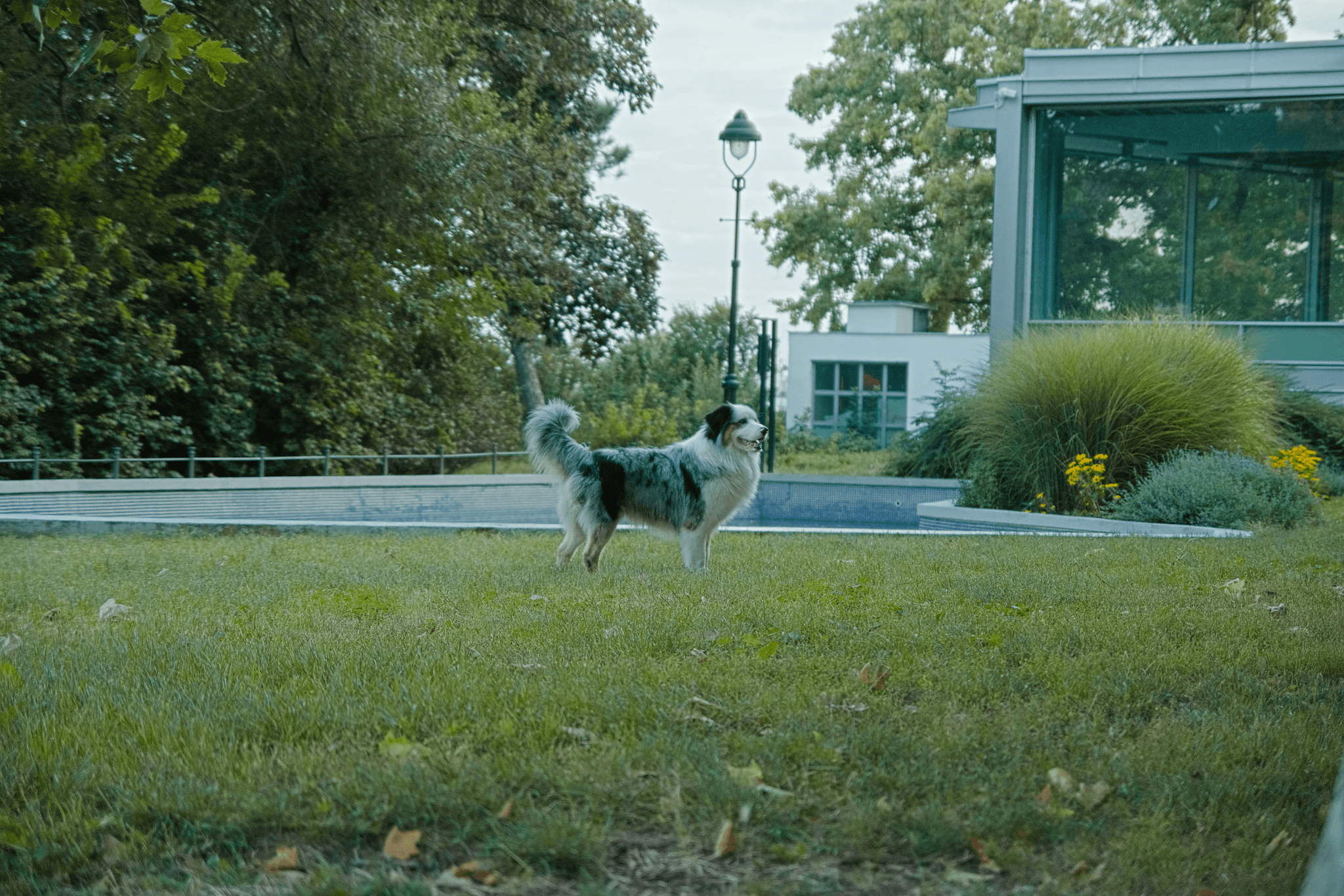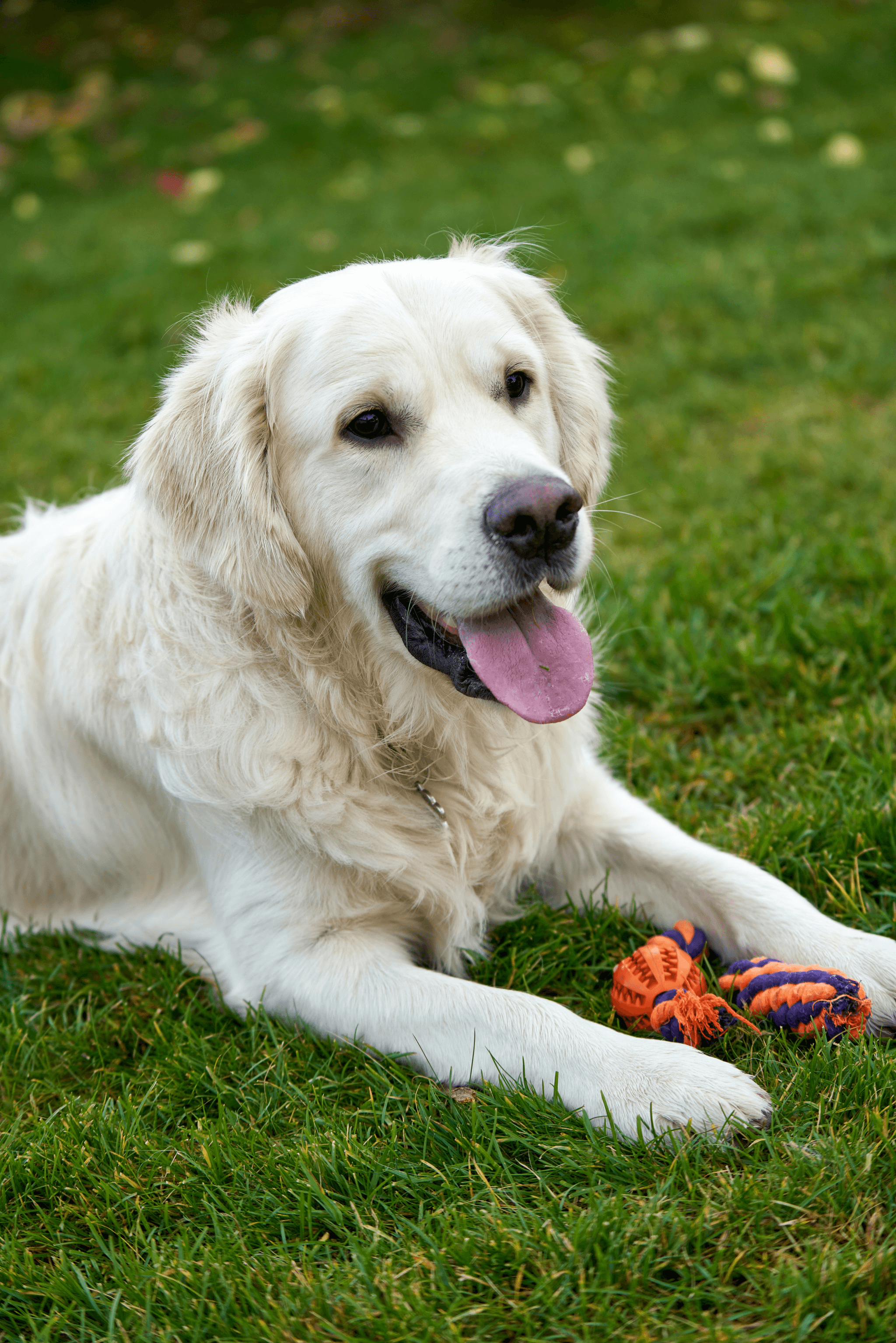Introduction

Puppies are bundles of energy, constantly on the move and ready to play. Understanding the exercise needs of your puppy is crucial for their overall well-being. From walks to playtime, finding the right balance for your puppy's exercise is essential for their physical and mental development.
Understanding the Exercise Needs of Your Puppy
It's important to consider how much exercise should a puppy get based on their age and breed. Different breeds have different energy levels and requirements, so it's crucial to tailor their exercise routine accordingly. Knowing how much exercise does a 3 month old puppy need can help you create a suitable plan for them.
Importance of Proper Exercise for Your Puppy
Proper exercise is vital for a puppy's growth and development. It helps build strong muscles, promotes healthy bone growth, and supports cardiovascular health. However, it's equally important to understand if a puppy can have too much exercise, as over-exercising can lead to fatigue or even joint issues in young puppies.
Finding the Right Balance for Your Puppy's Exercise
Determining if 2 walks a day are enough for a puppy involves considering various factors such as their age, size, and breed. Creating a balanced routine that includes both physical activity and mental stimulation is key to ensuring your puppy leads a healthy and happy life.
Factors to Consider

When determining how much exercise a puppy should get, it's important to consider breed-specific requirements. Different breeds have different energy levels and exercise needs, so it's essential to tailor the amount and type of exercise to your puppy's breed.
Breed-Specific Exercise Requirements
For example, high-energy breeds like Border Collies or Dalmatians require more vigorous and frequent exercise compared to low-energy breeds like Bulldogs or Pugs. Understanding your puppy's breed characteristics will help you determine the appropriate amount of physical activity they need.
Age-Appropriate Exercise for Puppies
Another factor to consider is the age of your puppy. A 3-month-old puppy, for instance, should not be over-exercised as their bones and joints are still developing. It's important to provide age-appropriate activities that promote healthy growth and development without causing strain or injury.
Health Considerations for Puppy Exercise
Health considerations such as any existing medical conditions or physical limitations should also be taken into account when planning your puppy's exercise routine. Consulting with a veterinarian can provide valuable insights into how much exercise is suitable for your individual puppy based on their health status.
Signs of Over-Exercising

Recognizing Fatigue in Your Puppy
It's important to recognize signs of fatigue in your puppy, such as excessive panting, lagging behind on walks, or lying down during playtime. If your puppy seems disinterested or lacks energy, it may be a sign that they've had too much exercise.
Monitoring Your Puppy's Joint Health
Keep an eye on your puppy's joint health, especially if they're still growing. Excessive exercise can put strain on their developing joints and lead to long-term issues. Look out for limping, stiffness, or reluctance to move after physical activity.
Avoiding Physical and Mental Strain in Puppies
Puppies are full of energy, but it's important to avoid over-exerting them physically and mentally. Too much exercise can lead to stress and anxiety in puppies, so it's crucial to find the right balance between activity and rest for their overall well-being.
Now that we've covered the signs of over-exercising in puppies, let's move on to creating a balanced exercise routine to ensure your furry friend stays healthy and happy!
Creating a Exercise Routine

When structuring playtime and walks for your puppy, it's important to consider their age, breed, and individual energy levels. A good rule of thumb is to provide at least 5 minutes of exercise per month of age, up to twice a day. For example, a 3-month-old puppy may need around 15 minutes of exercise twice a day. This can include short walks and supervised playtime in a safe environment.
Structuring Playtime and Walks
To ensure your puppy gets the right amount of exercise, consider incorporating interactive toys and games during playtime to keep them mentally stimulated. Puzzle toys, fetch, and hide-and-seek are great options that engage their minds while also providing physical activity. When it comes to walks, start with short, frequent outings to gradually build up their stamina and avoid over-exertion.
Incorporating Mental Stimulation for Puppies
In addition to physical exercise, mental stimulation is crucial for a puppy's development. Engage your puppy in training sessions that incorporate commands like sit, stay, or fetch to keep their minds active while also reinforcing good behavior. Interactive feeding toys or treat puzzles can also provide mental enrichment while satisfying their natural instincts.
Ensuring Consistency in Your Puppy's Exercise
Consistency is key when it comes to your puppy's exercise routine. Set aside dedicated time each day for playtime and walks to establish a predictable schedule that they can rely on. By maintaining consistency in their exercise regimen, you'll help them develop healthy habits and avoid the risk of over-exercising or becoming sedentary.
How Much is Too Much

When it comes to puppies, the question of how much exercise they should get is a common concern for pet owners. While it's important for puppies to stay active, over-exercising can lead to serious health issues such as joint problems and fatigue. It's crucial to find the right balance between activity and rest for your furry friend.
Understanding the Risks of Over-Exercising
Puppies have growing bodies that are still developing, so too much exercise can put excessive strain on their joints and muscles. This can lead to long-term health issues such as arthritis or hip dysplasia, impacting their quality of life in the future. As a responsible pet owner, it's essential to be mindful of these risks and tailor your puppy's exercise routine accordingly.
Puppies are full of energy and enthusiasm, but it's important to remember that they are still growing and developing. As a responsible pet owner, it's crucial to strike a balance between allowing your puppy to be active and ensuring they get enough rest. This means monitoring their playtime and exercise, making sure not to overdo it, to prevent any potential long-term health issues.
Balancing Activity and Rest for Puppies
To ensure your puppy gets the right amount of exercise, it's important to balance physical activity with ample rest time. This means incorporating regular breaks during playtime or walks, allowing your puppy to recharge and prevent exhaustion. By maintaining this equilibrium, you can help your puppy stay healthy and happy while avoiding potential over-exertion.
One way to ensure your puppy gets the right amount of exercise is to vary their activities. Instead of just going for long walks, consider incorporating different forms of exercise such as swimming, playing fetch, or agility training. This will not only keep your puppy physically active but also mentally stimulated, preventing boredom and promoting overall well-being.
Consulting with a Veterinarian for Exercise Guidelines
If you're unsure about how much exercise your puppy needs, consulting with a veterinarian is always a wise decision. They can provide personalized recommendations based on factors such as breed, age, and overall health status. By seeking professional guidance, you can gain valuable insights into creating an exercise plan that best suits your puppy's specific needs. Additionally, veterinarians can also assess any underlying health conditions that may impact your puppy's ability to exercise and provide advice on how to manage these conditions while still keeping your puppy active and healthy.
Healthy Exercise Habits

Benefits of Proper Exercise for Puppy Development
Regular exercise is crucial for the healthy development of puppies, as it helps to build strong muscles, maintain a healthy weight, and improve cardiovascular health. Additionally, exercise provides mental stimulation, reducing the risk of behavioral issues such as anxiety and destructive behavior.
Establishing a Healthy Lifestyle for Your Puppy
By incorporating regular exercise into your puppy's routine, you are setting the foundation for a healthy and active lifestyle. This not only benefits their physical well-being but also promotes mental alertness and overall happiness.
Setting Realistic Exercise Goals for Your Puppy
It's important to set realistic exercise goals based on your puppy's age, breed, and overall health. Use a How much exercise does a puppy need chart to determine appropriate activity levels for your furry friend. Remember that every puppy is unique, so tailor their exercise routine to meet their individual needs.
Can a puppy have too much exercise? How much exercise does a 3-month-old puppy need? Is 2 walks a day enough for a puppy? These are all valid questions that pet owners should consider when establishing an exercise routine for their furry companions. It's important to strike the right balance between physical activity and rest to ensure optimal health and well-being for your growing pup.
Remember that while regular exercise is essential for your puppy's development, it's equally important to monitor their energy levels and adjust their routine accordingly. By prioritizing your puppy's physical well-being and consulting with a veterinarian if needed, you can ensure that they receive the right amount of exercise to thrive.
By incorporating these healthy exercise habits into your puppy's routine, you can provide them with the foundation they need for a happy and healthy life. Whether it's through structured playtime or engaging walks, finding the right balance will benefit both you and your furry friend in the long run.
Conclusion
Ensuring the Right Amount of Exercise for Your Puppy
When it comes to the exercise needs of your puppy, it's important to find the right balance. Understanding how much exercise a puppy should get and recognizing signs of over-exercising are crucial in keeping your furry friend healthy and happy. By considering factors such as breed-specific requirements and age-appropriate exercise, you can create a tailored routine that meets your puppy's needs without overdoing it.
Prioritizing Your Puppy's Physical Well-being
While it's tempting to take your puppy on multiple walks a day, it's essential to consider their age and breed. Too much exercise can lead to joint issues and fatigue, so finding the right amount is key. By consulting with a veterinarian and creating a consistent exercise routine that includes both physical activity and mental stimulation, you can ensure that your puppy stays healthy and happy.
Meeting Your Puppy's Exercise Needs with PawsRush
At PawsRush, we understand the importance of proper exercise for puppies. Our team is dedicated to providing resources and guidance on how much exercise a puppy needs, as well as creating tailored plans that prioritize your puppy's well-being. With our expertise in canine health and fitness, we're here to support you in meeting your puppy's exercise needs while promoting a healthy lifestyle.
